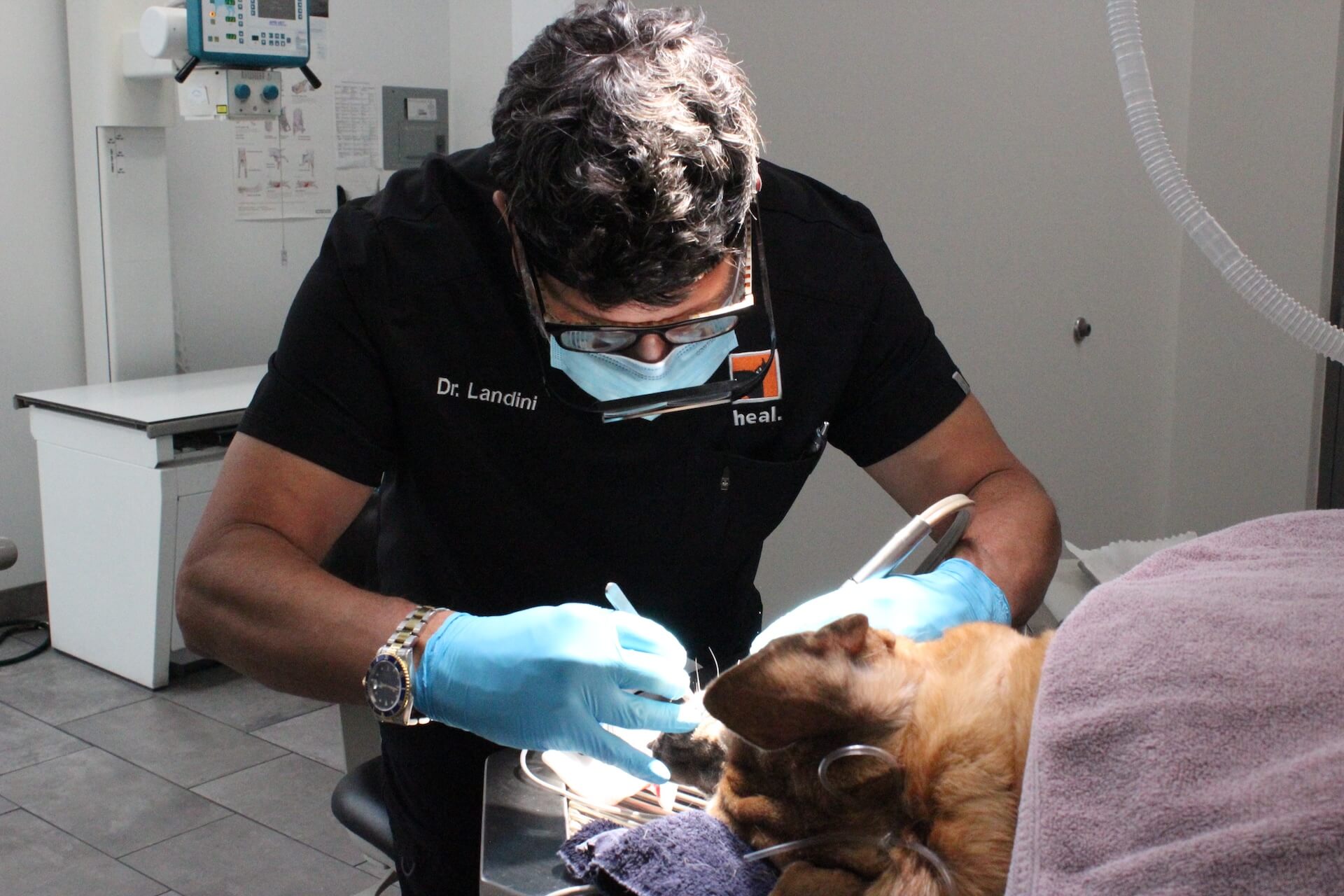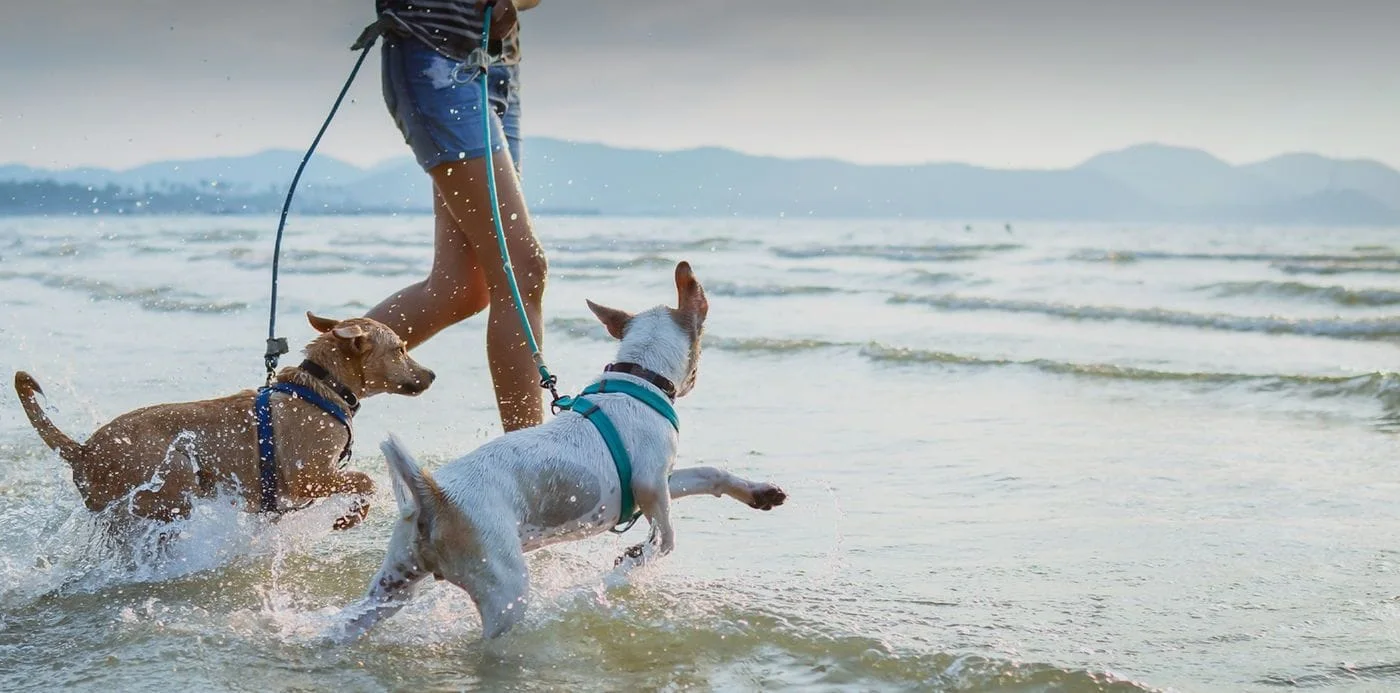Top Mistakes to Avoid Before, During, and After tplo surgery
Top Mistakes to Avoid Before, During, and After tplo surgery
Blog Article
Everything About Vet Surgical Procedure: Understanding the Significance of Professional Care for Your Pets
Veterinary surgery is a critical component of animal health care. It incorporates numerous treatments, from routine optional surgical treatments to immediate treatments. Recognizing the ins and outs of these surgeries can help pet dog owners make notified choices. The preparation, implementation, and recovery stages are vital for guaranteeing the well-being of animals. With proper understanding, proprietors can browse the complexities of veterinary treatment. What aspects should be thought about prior to a pet dog goes through surgery?
Sorts Of Veterinarian Surgeries
When a pet dog calls for surgical treatment, recognizing the various kinds of vet surgical treatments can help pet proprietors make informed decisions. Veterinary surgical treatments can be generally classified into three major types: elective, urgent, and emergency situation surgical procedures. Elective surgical procedures, such as spaying or neutering, are prepared procedures that are not quickly dangerous. Immediate surgical procedures, like those for foreign body removal, have to be performed soon however are not life-threatening in the moment. Emergency situation surgical treatments, such as those attending to serious trauma or internal blood loss, are essential and need immediate attention.Additionally, surgical treatments can vary in complexity, ranging from minimally intrusive laparoscopic treatments to much more substantial open surgeries. Each sort of surgery lugs its very own dangers and healing processes. Understanding these groups allows pet dog proprietors to participate in purposeful conversations with vets, causing much better end results for their precious pets.
Preparing for Your Pet's Surgical treatment
Preparing for a family pet's surgical procedure entails a complete list to guarantee all basics are covered. Reliable communication with the vet is crucial for recognizing the procedure and any type of necessary pre-operative steps - canine tplo surgery. In addition, having clear post-operative treatment directions will help proprietors offer the finest assistance for their recouping pet dogs
Pre-Surgery List Fundamentals
Ensuring a smooth surgical experience for a pet calls for cautious preparation and attention to detail. A pre-surgery checklist is vital for pet proprietors to adhere to. First, validating the arranged surgery date and time is vital. Owners ought to additionally confirm that their animal has not eaten according to the vet's directions, usually for 8-12 hours prior to surgery. Collecting necessary medical records, including vaccination history, is essential for the vet's review. It is likewise suggested to prepare a comfortable area at home for the animal's recuperation after surgery. Owners must have a plan for transport to and from the veterinary clinic, making certain that the pet dog is protected and comfortable throughout the trip. Complying with these steps can substantially enhance the medical experience.
Communicating With Your Veterinarian

Efficient interaction with the veterinarian is essential for an effective surgical experience for animals. Owners ought to be prepared to review their pet's case history, consisting of any kind of pre-existing conditions, medicines, and allergic reactions. This details assists the vet assess dangers and customize the medical plan as necessary. In addition, family pet owners should ask questions relating to the treatment, anesthetic, and anticipated end results to guarantee they fully recognize the process. Making clear any type of questions can alleviate stress and anxiety for both the pet dog and the proprietor. It is likewise essential to interact any behavioral changes or issues observed in the family pet leading up to the surgical procedure. Eventually, clear dialogue fosters depend on and collaboration, making sure that pet dogs obtain the very best possible treatment during their medical journey.
Post-Operative Treatment Instructions
After talking about the procedure with the vet, animal proprietors must concentrate on post-operative care instructions to promote a smooth healing for their pets. These guidelines usually consist of checking the medical site for signs of infection, such as soreness or discharge. Family pets might require to be kept calm and constrained to stop too much activity that can disrupt healing. Pain monitoring is vital, so proprietors ought to follow the veterinarian's assistance on providing medicines. In addition, dietary limitations may be advised to stay clear of intestinal distress. Normal follow-up appointments are necessary to guarantee appropriate healing and address any issues. By adhering to these post-operative treatment directions, family pet proprietors can significantly add to their family pet's recovery and general wellness.
The Surgery Explained
The surgical process for pets encompasses important steps that ensure their safety and security and recuperation. Pre-surgery preparations are important for lessening dangers, while post-operative treatment standards play a vital role in advertising healing. Understanding these elements aids family pet owners navigate the medical experience better.
Pre-Surgery Preparations
Before a family pet undertakes surgical treatment, several crucial prep work have to happen to ensure a risk-free and effective procedure. A detailed vet exam is crucial to evaluate the pet dog's total health and recognize any kind of possible risks. This may consist of blood tests, imaging, or various other diagnostics. The vet will certainly additionally review anesthetic alternatives tailored to the pet dog's certain demands. Furthermore, pet proprietors are usually advised to keep food and water for a defined time before surgical treatment to minimize the threat of difficulties during anesthetic. It is necessary for owners to offer a complete case history, consisting of any type of medications or allergic reactions, making sure the medical group has all required information. Correct interaction and adherence to pre-surgery standards can greatly improve the result of the procedure.
Post-Operative Care Standards
Correct post-operative care is essential for guaranteeing a family pet's healing adhering to surgical treatment. After the procedure, pet dogs ought to be kept an eye on closely find out for any type of indications of difficulties, such as extreme bleeding, swelling, or unusual habits. It is essential to comply with the veterinarian's directions relating to medications, consisting of painkiller and prescription antibiotics. Animals must be maintained in a peaceful, comfortable setting to lower tension and advertise recovery. Limiting activity is vital; short, leashed walks may be required, yet jumping or running should be prevented. Regular follow-up appointments must be arranged to analyze the healing process. Furthermore, the surgical website has to be kept clean and completely dry, with any indicators of infection reported to a vet immediately. Sticking to these standards improves recuperation results.
Anesthetic and Discomfort Administration
Efficient anesthetic and discomfort monitoring are vital elements of vet surgical procedure, ensuring that pet dogs remain comfy and risk-free throughout the procedure. Veterinarians examine each pet's specific needs, taking into consideration factors such as age, weight, wellness standing, and the sort of surgery being performed.Anesthesia procedures usually consist of a mix of pre-anesthetic medications, induction agents, and inhalant anesthetics, allowing for exact control over the animal's degree of awareness. Monitoring during surgery is important; vets continuously observe essential indications to deal with any kind of prospective problems promptly.Pain administration approaches might entail opioids, non-steroidal anti-inflammatory medicines (NSAIDs), and local anesthetics, tailored to the pet's specific scenario. This diverse approach assists reduce pain and advertises a smoother medical experience. By prioritizing reliable anesthesia and discomfort monitoring, vet experts boost the overall welfare of pet dogs undertaking procedures, guaranteeing they obtain the greatest criterion of care.
Post-Operative Care and Healing
Adhering to surgical procedure, the emphasis changes to post-operative treatment and healing, which is essential for making sure an animal's safe go back to regular tasks. During this duration, pets require a peaceful, comfortable setting to help recovery. Owners ought to carefully check their animals for any kind of indicators of discomfort or uncommon behavior.Veterinary standards commonly include certain guidelines associated with medicine administration, injury care, and dietary modifications. It is important to stick to these recommendations to reduce complications and advertise healing. Animals may need to be limited from energetic tasks, such as running or leaping, throughout their recovery period (animal emergency care bellingham).Regular follow-up consultations with the vet permit surveillance of the pet dog's development and timely adjustments to the treatment plan. Providing emotional assistance and friendship can likewise enhance a family pet's recuperation experience, aiding to ease stress and anxiety. On the whole, persistent post-operative treatment plays a substantial role in accomplishing a successful healing
Identifying Issues After Surgical Treatment
Just how can pet owners determine difficulties after surgery? Understanding of details signs is crucial for guaranteeing the well-being of pets during healing. Typical indicators consist of extreme swelling, redness, or discharge at the surgical site, which may symbolize infection. In addition, persistent pain, shown by yawping or hesitation to relocate, ought to trigger instant attention. Modifications in appetite or water consumption can additionally show difficulties; a decline in these habits might signal pain or distress.Moreover, pet proprietors should monitor their animals for any kind of unusual habits, such as lethargy or difficulty breathing, as these can be indicators of major issues. Vomiting or diarrhea complying with surgical treatment might require urgent vet analysis. Recognizing these complications early can considerably affect an animal's recuperation procedure, emphasizing the value of alertness and prompt communication with a veterinarian for any type of concerning symptoms.
The Role of Veterinary Professionals in Surgical Care
Vet specialists play a crucial role in making certain the safety and success of procedures for pet dogs, specifically following surgical treatment when keeping track of and treatment are paramount. These specialists include vets, vet technicians, and support team, every one of whom contribute specialized abilities to the surgical process.Before surgery, vets perform comprehensive analyses to analyze the pet's health and wellness, ensuring that any kind of underlying problems are taken care of. Throughout the treatment, the medical group supplies anesthesia, keeps clean and sterile settings, and checks essential signs, very important for reducing risks.Post-operative treatment is just as significant; vet experts observe for difficulties, handle pain, and overview proprietors on healing techniques. Their know-how allows them to recognize early indicators of distress or infection, making sure prompt intervention. Inevitably, the collective efforts of veterinary specialists in surgical treatment promote a secure atmosphere, advertising the health of pets throughout my link the medical journey.

Frequently Asked Questions
Just how Do I Pick the Right Vet Cosmetic Surgeon for My Animal?
Picking the ideal vet cosmetic surgeon entails researching certifications, reviewing evaluations, and evaluating the facility's environment. It is vital to review the specialist's experience with details procedures and their communication style when deciding.
What Are Usual Misconceptions About Vet Surgeries?
Usual misconceptions regarding vet surgical treatments include beliefs that they are always dangerous, unnecessary, or for emergencies. Several pet dog owners ignore the benefits visite site of preventive treatments and the skill associated with vet surgical treatment.
Just How Much Will My Pet dog's Surgical procedure Expense?
The price of an animal's surgery can differ significantly based on elements such as the kind of procedure, the vet's experience, and geographical place (animal emergency care bellingham). Typically, expenditures vary from a couple of hundred to a number of thousand bucks

Can My Pet Consume Prior To Surgical Treatment?
Before surgical procedure, it is typically advised that family pets avoid eating for a certain duration. This fasting helps in reducing the threat of difficulties throughout anesthetic. Proprietors should consult their veterinarian for specific instructions tailored to their pet's needs.
What if My Animal Has Pre-Existing Wellness Conditions?
When a pet has pre-existing wellness problems, it's vital for the vet to analyze these variables prior to surgical procedure. This examination warranties ideal preventative measures are taken, minimizing dangers and optimizing the animal's total security during the procedure.
Report this page